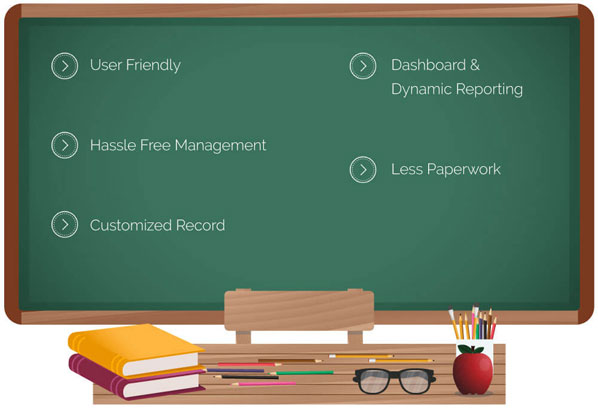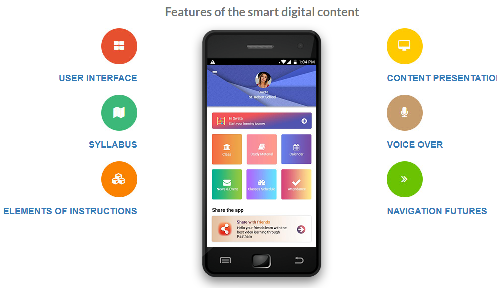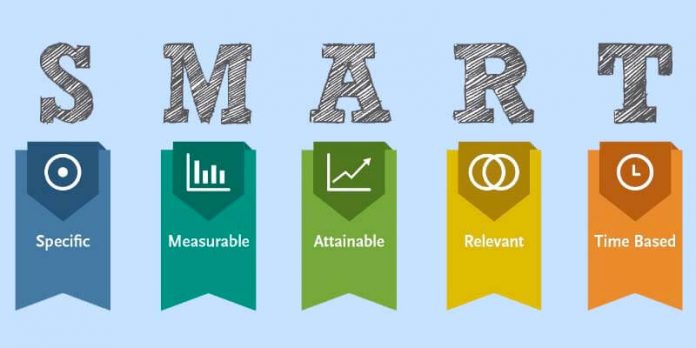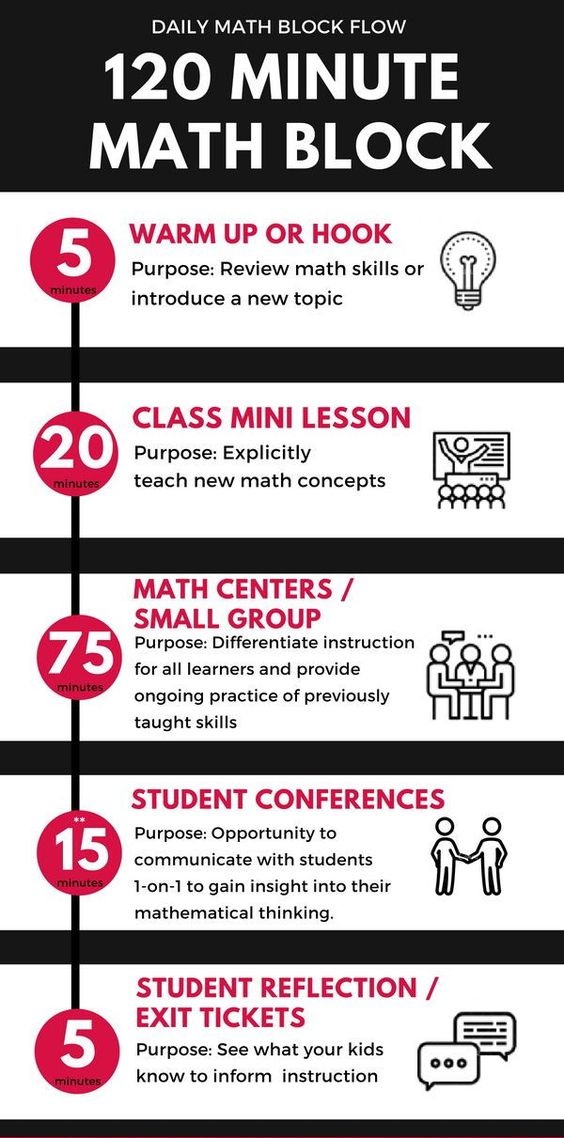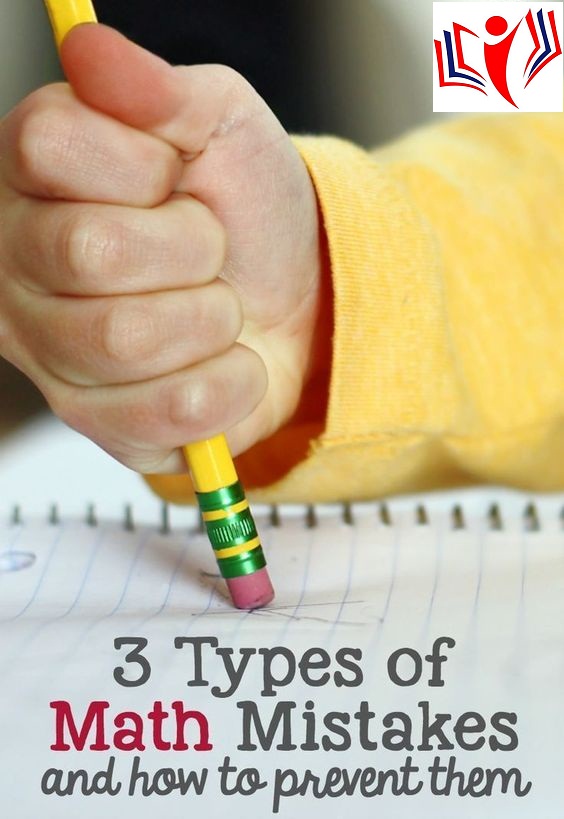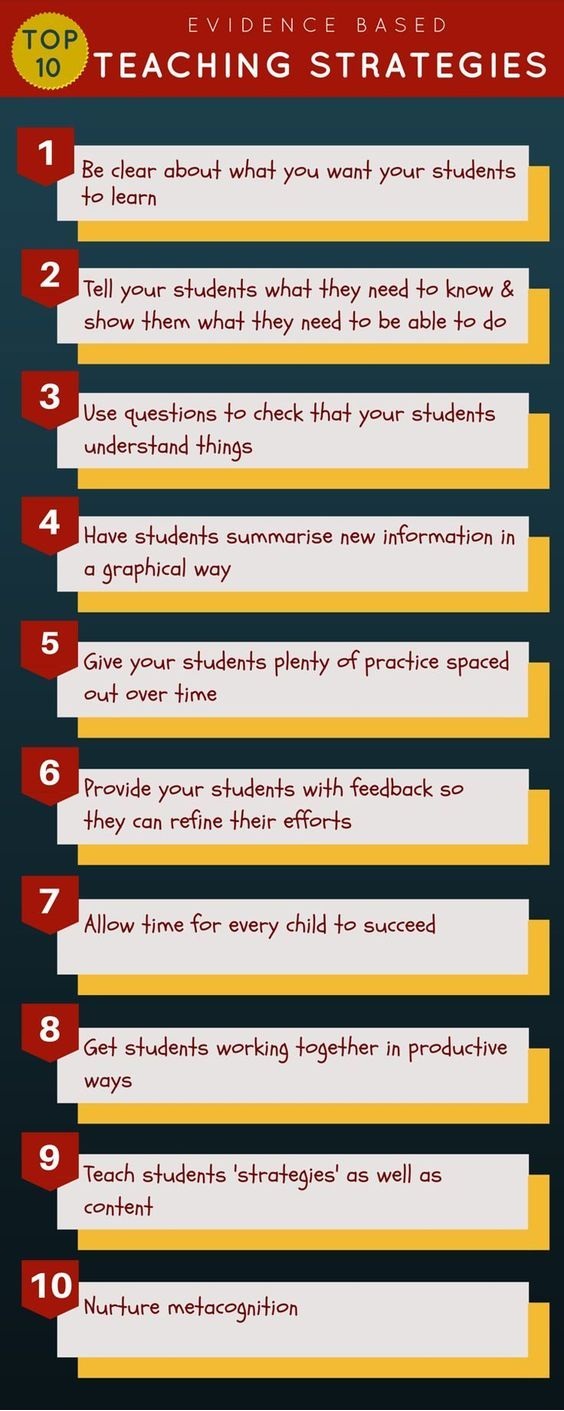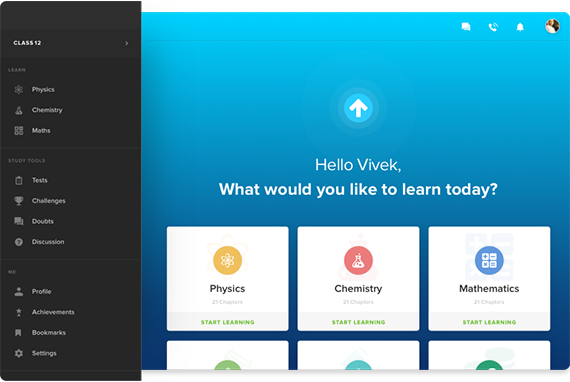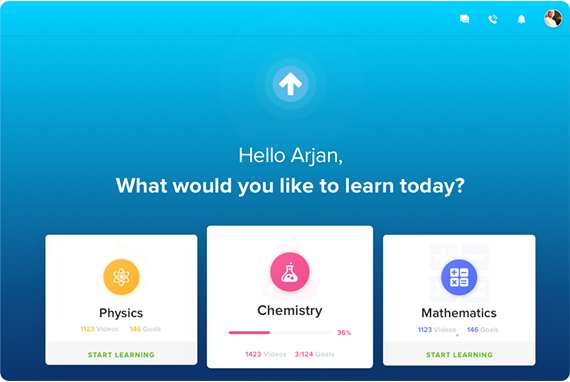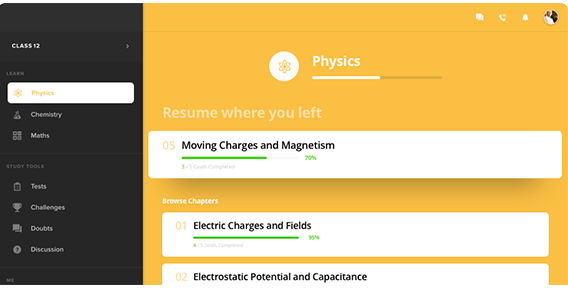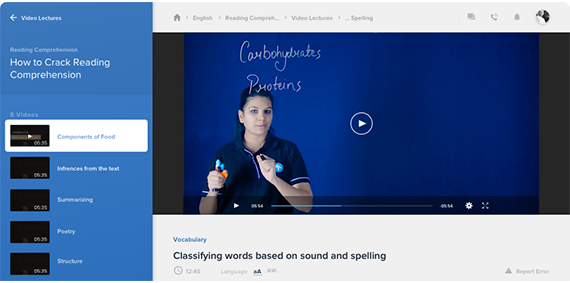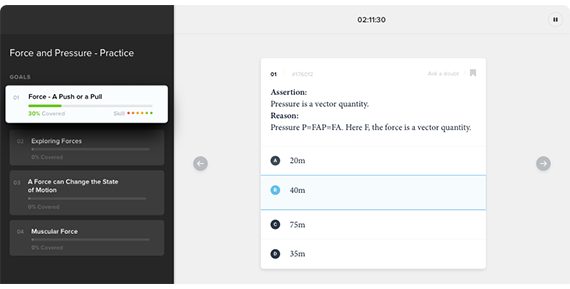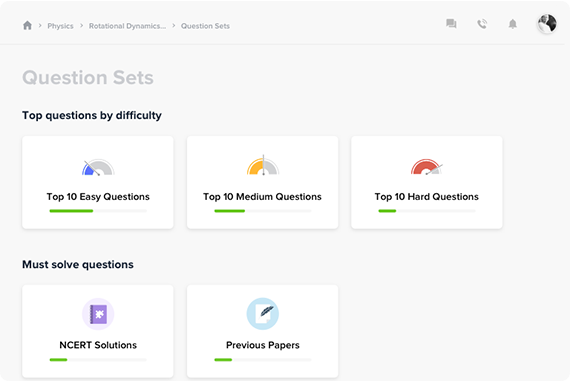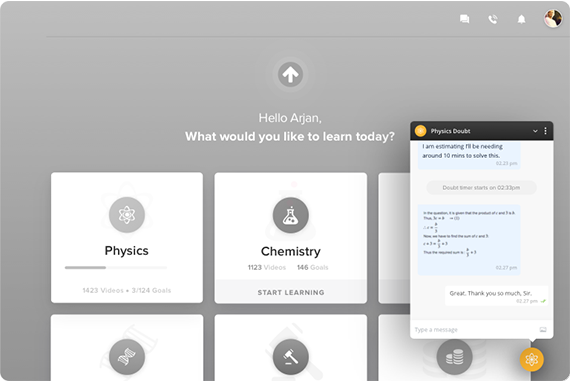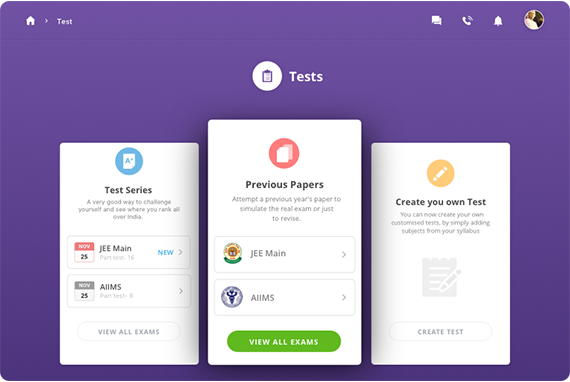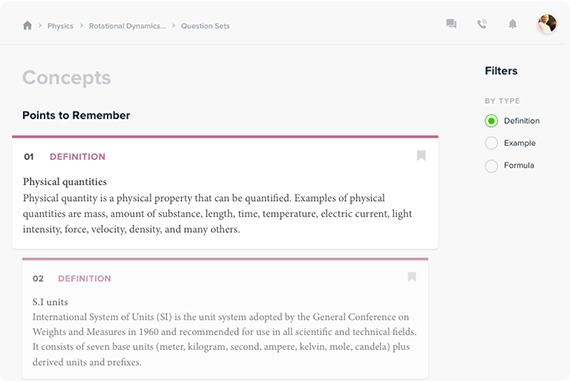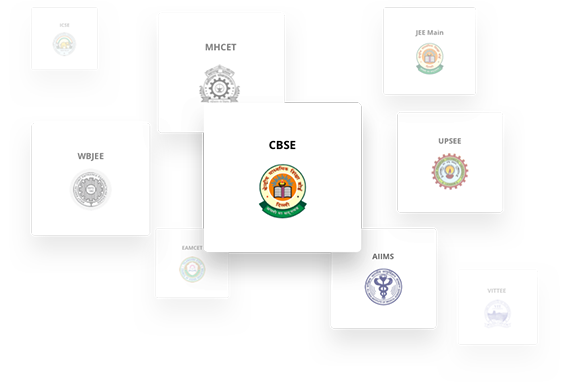e-Testing or e-assessments are on-line tests conducted with the aim of evaluating, measuring, and documenting the educational readiness, learning progress, talent acquisition, or academic wants of the test takers. Within the past, test were typically given in paper printouts and had to be two-handed out manually. Nowadays, you can create online test, share the link with your students, and immediately see their results.
e-Testing is a valuable tool in Higher Education for several reasons. it’s large potential benefits for school students in terms of learning and retention of study material, furthermore as increasing their engagement with their chosen topic. e-Testing offers several blessings over traditional pen and paper exams.

e-Testing can
supply immediate and focused feedback on students’ work
allow students more than one attempt at an answer
present questions in a predetermined or random order
be used for diagnostic, formative or summative assessment
guide students to further reading or resources if they are having difficulty
increase students’ digital literacy
increase student engagement
record highly detailed student learning analytics and present them to the teacher in real time
manage teacher workload and corrections
The use of e-Testing makes it much more realistic for students to get this timely and appropriate feedback given the workload already experienced by teaching staff. The feedback given can also be further enhanced by technology as it may contain links to interactive material, additional reading, videos etc. so that students can be directed to engage in self-directed learning tailored for their particular difficulties.
The Digital Roadmap also highlights the need to maximize the potential of data analytics to inform teaching and learning in Higher Education. The use of e-Testing makes this task manageable as most systems would automatically track many learning analytics as students use the system. E-assessment can also be used to great effect to develop greater opportunities for part-time, flexible learning, including lifelong learning.
The use of e-Testing saves students a lot of time and money. Often the assessments can be completed in less time, multiple candidates can complete the online assessment at the same time and there is no need for specialized (and expensive) personnel. Also, the test takers are able to take the assessment during class, or at home, using their own devices. You get to see their results and answers and get instant feedback about your chosen topic. That helps you, as teacher, to learn more about your students and adapt to their needs, strengths and weaknesses.
Not much can be said about the disadvantages of online testiing, since the advantages outweigh them by far. But there might be some, for example, you need to be computer literate (or able to use a computer well) in order to create and take an assessment. Technology is not always reliable, there might be connection or internet problems, energy breaks and other things like that. Also, there’s a cost involved in online assessment softwares.
e-Testing has some pros and cons. It’s up to you to decide what is the best option in your case, that is, keep using hard copy assessments or go for the online option. Although some financial investment in online assessment software is needed, we believe the benefits outweigh the costs by far. It’s a value for money acquisition, since you, as a student, will save a lot of time and money in many other ways.
Also, online test allow the test takers to take on mobile learning, which means, they are able to take the test anywhere, anytime. And they receive their results immediately by email. You can see their results and download them into an Excel file.


